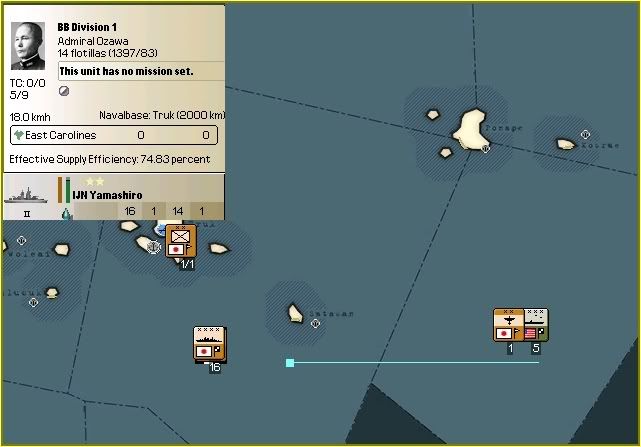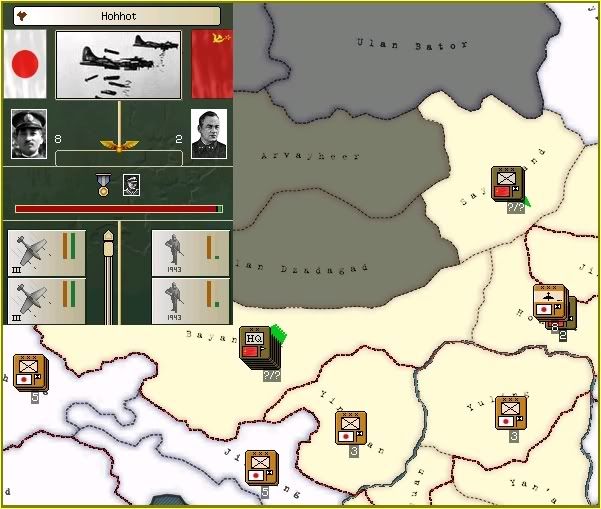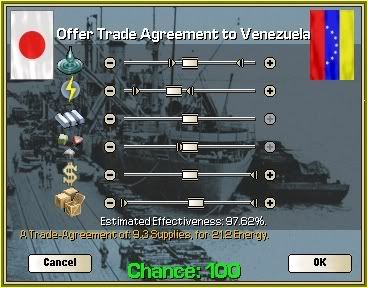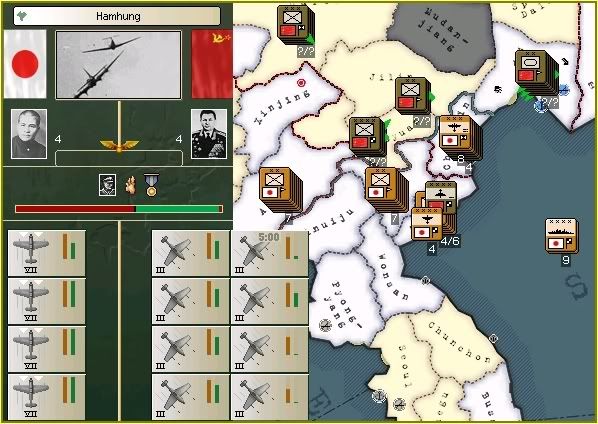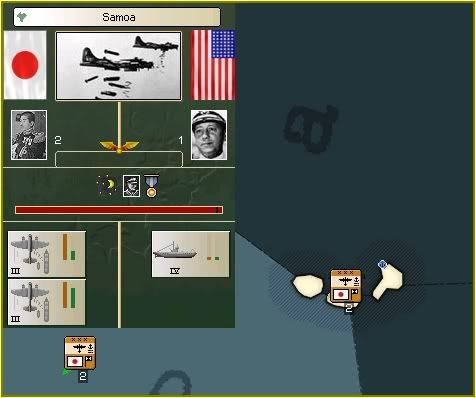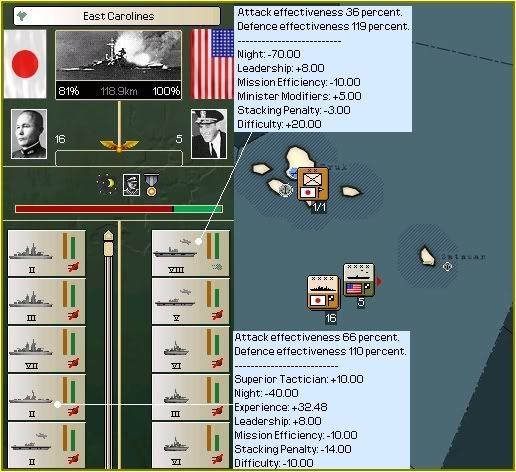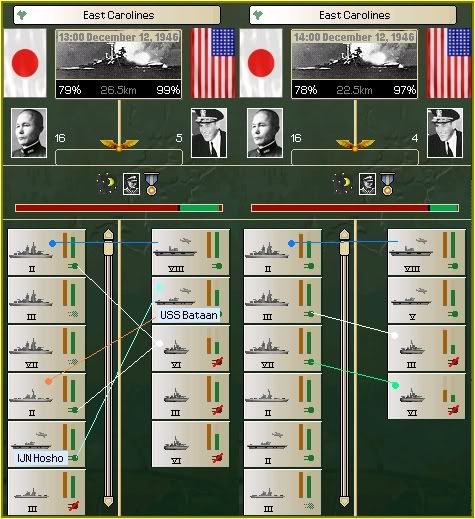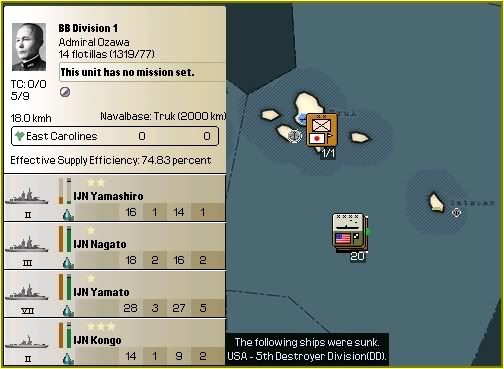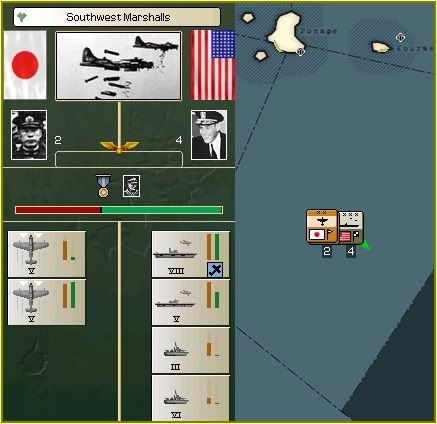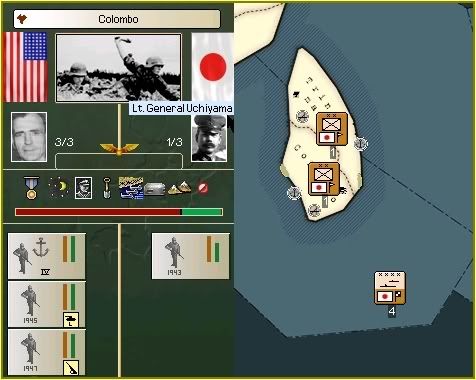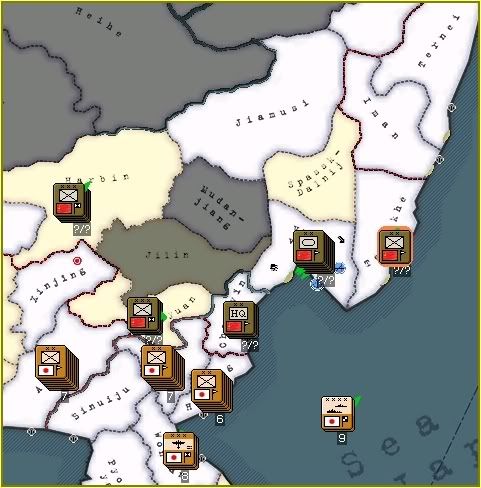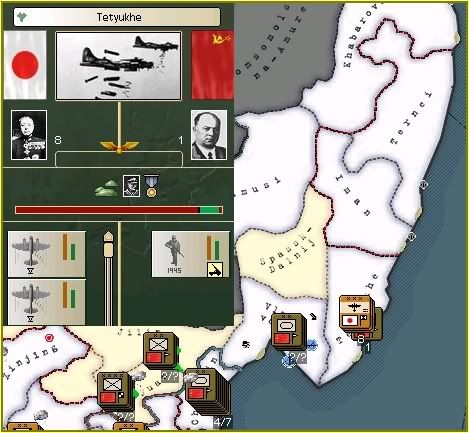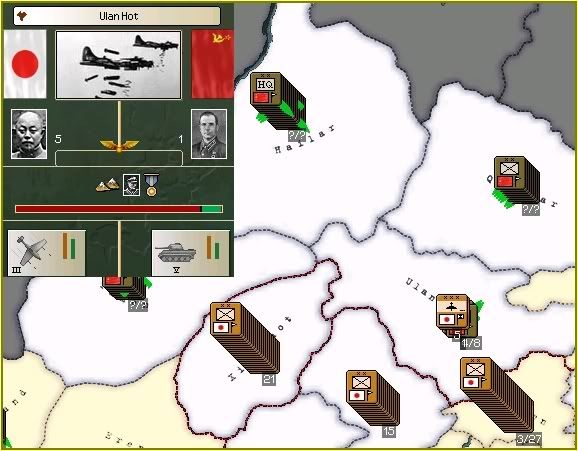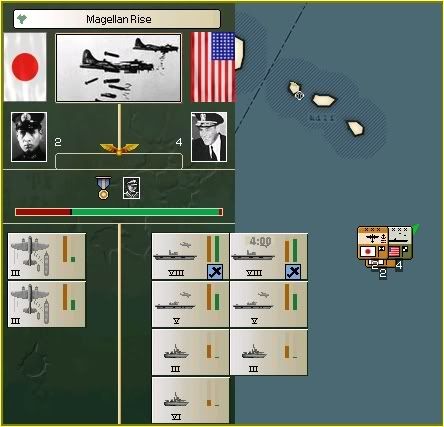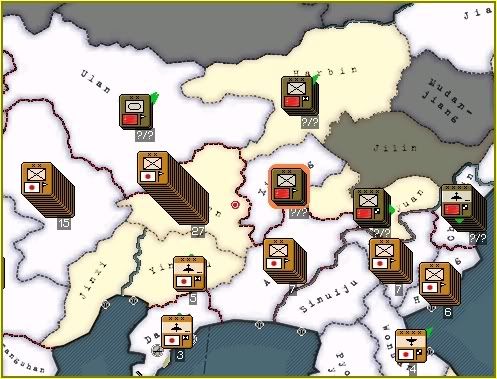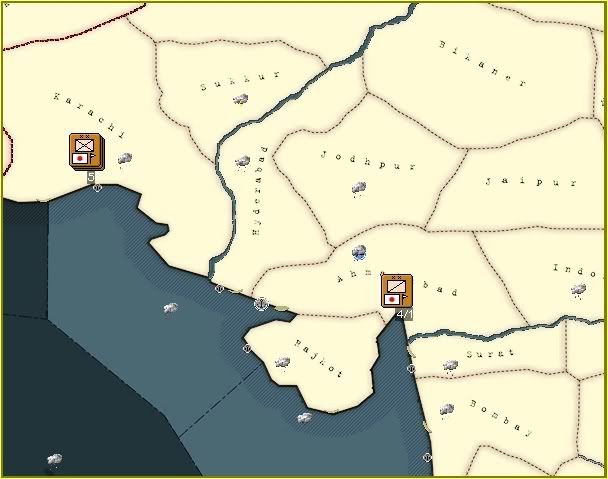The Bear
28
28
0100 December 8th 1946.
The Skies Above Hohhot
Japanese Dive bombers began the task of reducing the enemy forces in Hohhot province in preparation for a ground attack that was being planned for December 10th.
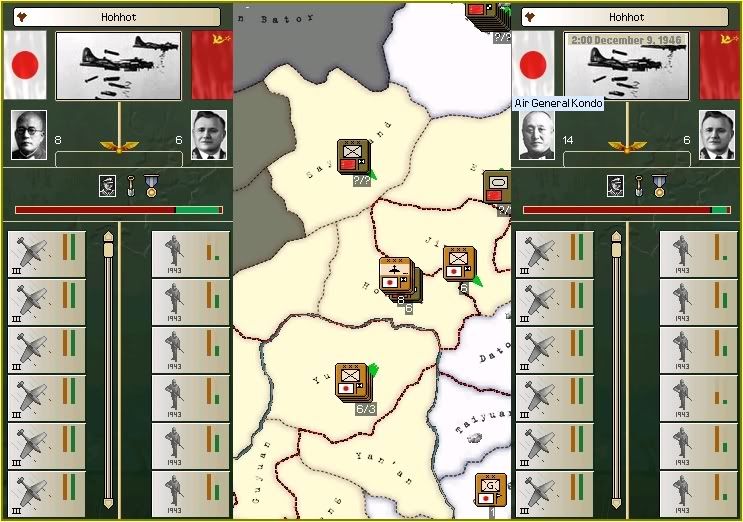
The six Soviet divisions had already begun to fortify their position forcing the bombers to switch their targetting to the organisation of the enemy troops. The Dive bombers were joined by Air General Kondo's Tactical bombers on the 9th to speed up the process.
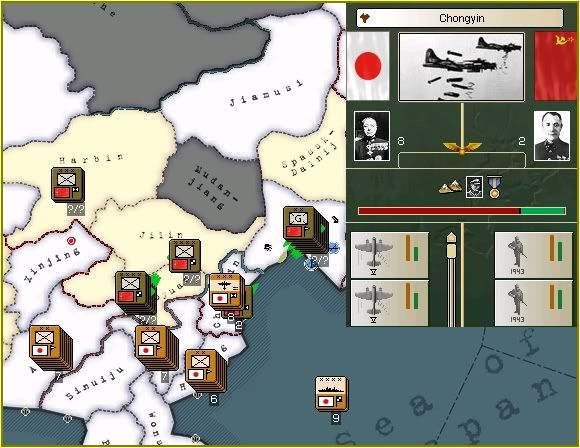
To the east the Tactical bombers operating from South Korea attacked the two Infantry divisions that had recently arrived in Chongyin province. Most of the Soviet forces that had moved to Vladivostok to repell the Japanese invasions were moving back to Chongyin in response to the attack on that province.
0300 December 10th 1946.
North China Army Headquarters. Lanzhou, China.
The bombers had been making things a little easier for the attack that Higashikuni had planned for Hohhot province. General Dohihara arrived in Datong province on schedule and acted upon his orders immediately.
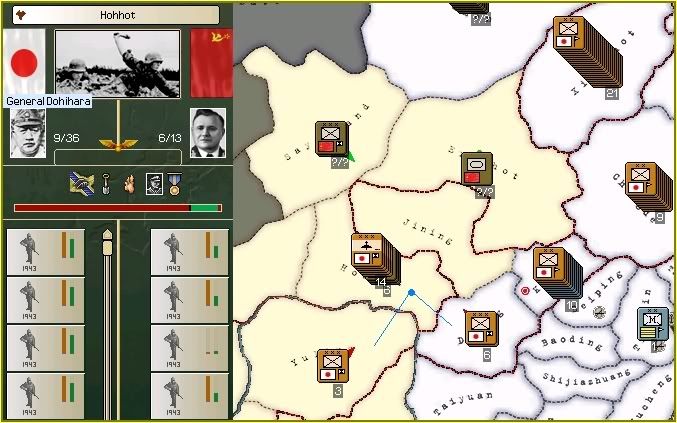
Nine divisions from Datong and Yuling attacked the six enemy divisions defending Hohhot with massive air support from two of Japan's bomber formations. The Soviet troops would not hold for long under the onslaught and would become easy prey for the bombers as they were forced to retreat after a brief battle over the desert province. No advance was ordered by Higashikuni who kept his forces in the snow covered mountainous regions instead.
2300 December 10th 1946.
BB Division 1 Flagship. IJN Yamashiro, Truk.
Japanese Interceptors were still patrolling parts of the Pacific with their slightly older non-turbojet aircraft. Ozawa received a report from one such squadron which was operating around the Marshall Islands.
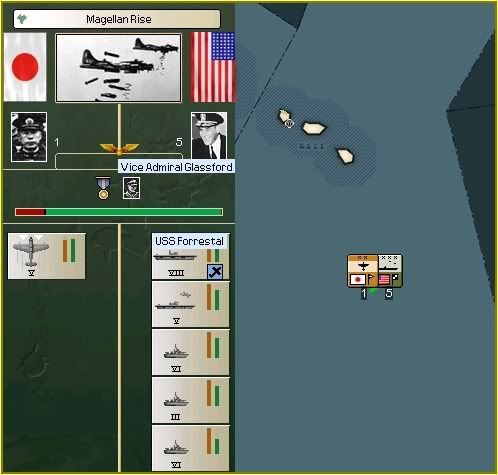
Another small American Carrier Task force was spotted heading south west towards the Carolines where BB Division 1 was currently based. Admiral Glassford was in command of the enemy fleet which included the Aircraft Carrier USS Forrestal which was the first of class for this particular design. The fleet was not large but it did have sufficient escorting ships to cause some problems to the smaller Japanese fleets.
0500 December 11th 1946.
North China Army Headquarters. Lanzhou, China.
The removal of the forces defending Hohhot province allowed Higashikuni a brief respite to order the Tactical bombers on a reconnaisance mission further north.
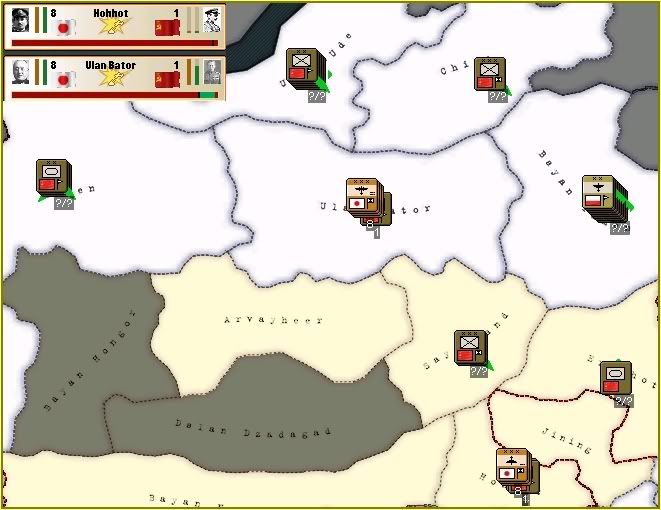
They headed for former Mongolia and bombed a heavily entrenched garrison division in Ulan Bator. The report that they provided Higashikuni indicated no major enemy forces in the area although there were some Soviet troops heading towards the front line further south.

At 1100 hours he also received a report from forces that had advanced into Persia during Operation Komodo. The single Japanese division was attacked in Chah Bahar and forced to withdraw back to Karachi. What looked to be a sizeable Allied force was moving to the front lines again which would cause Higashikuni to halt forward movement of his own troops. Japanese High Command would examine the situation closely and determine if additional forces could be spared to strengthen the position and possibly allow an invasion behind the enemy front line further up the Persian Gulf.


